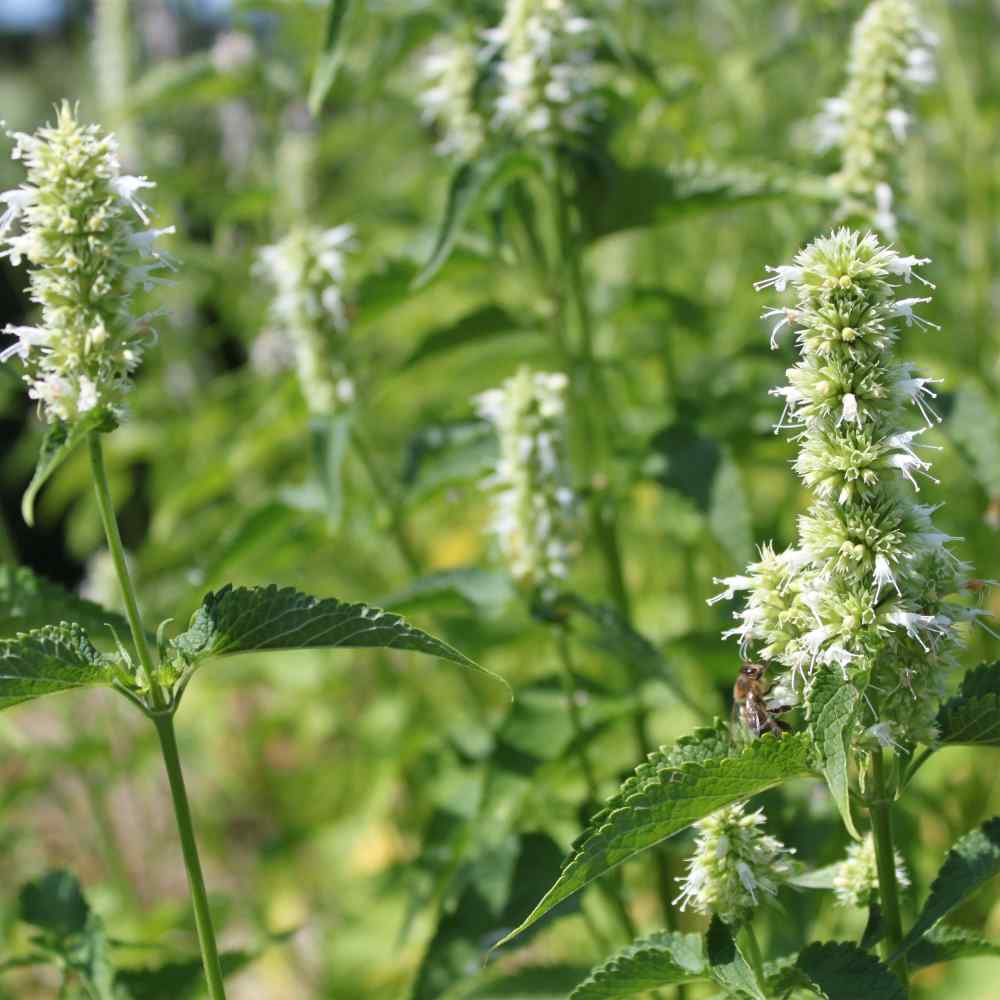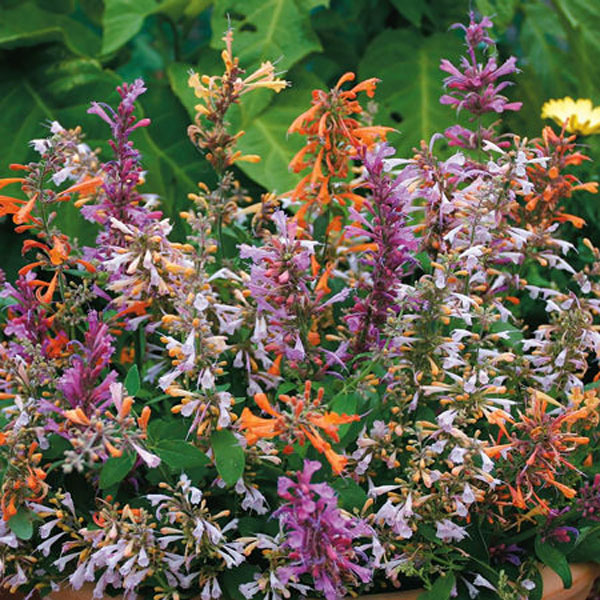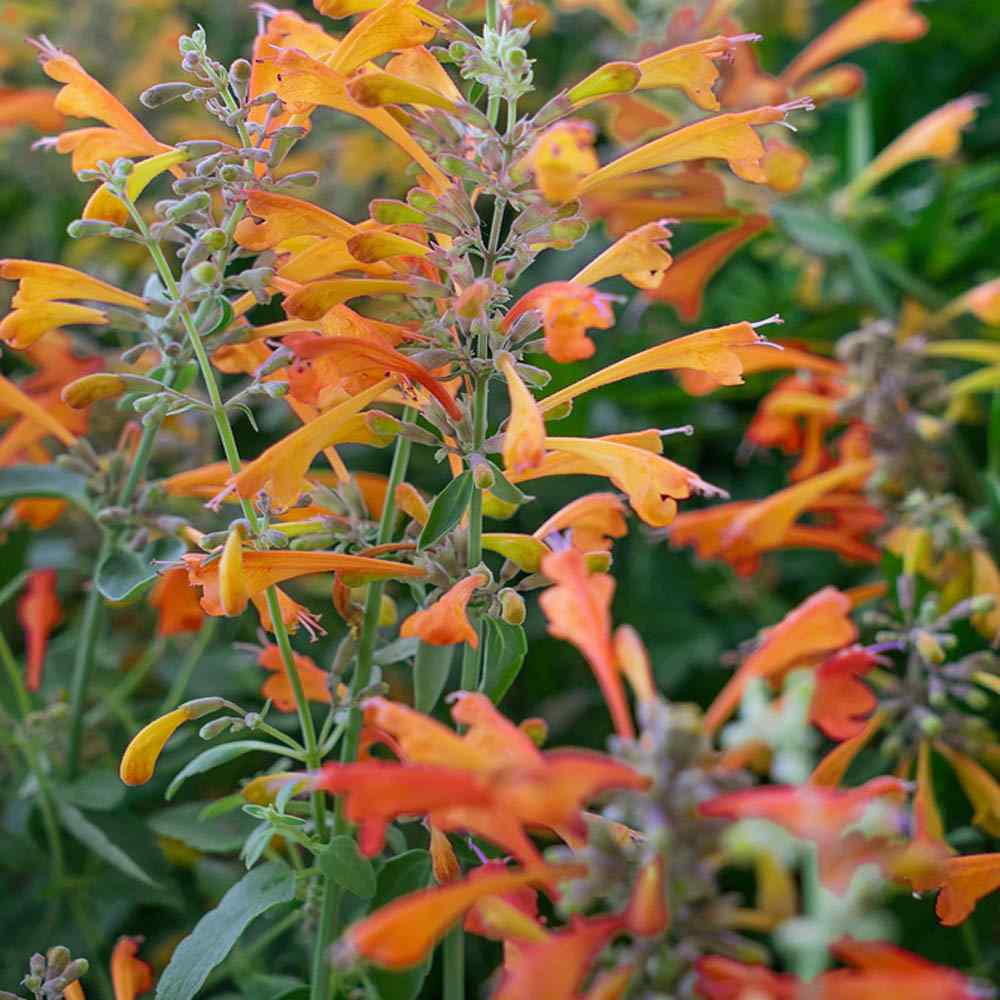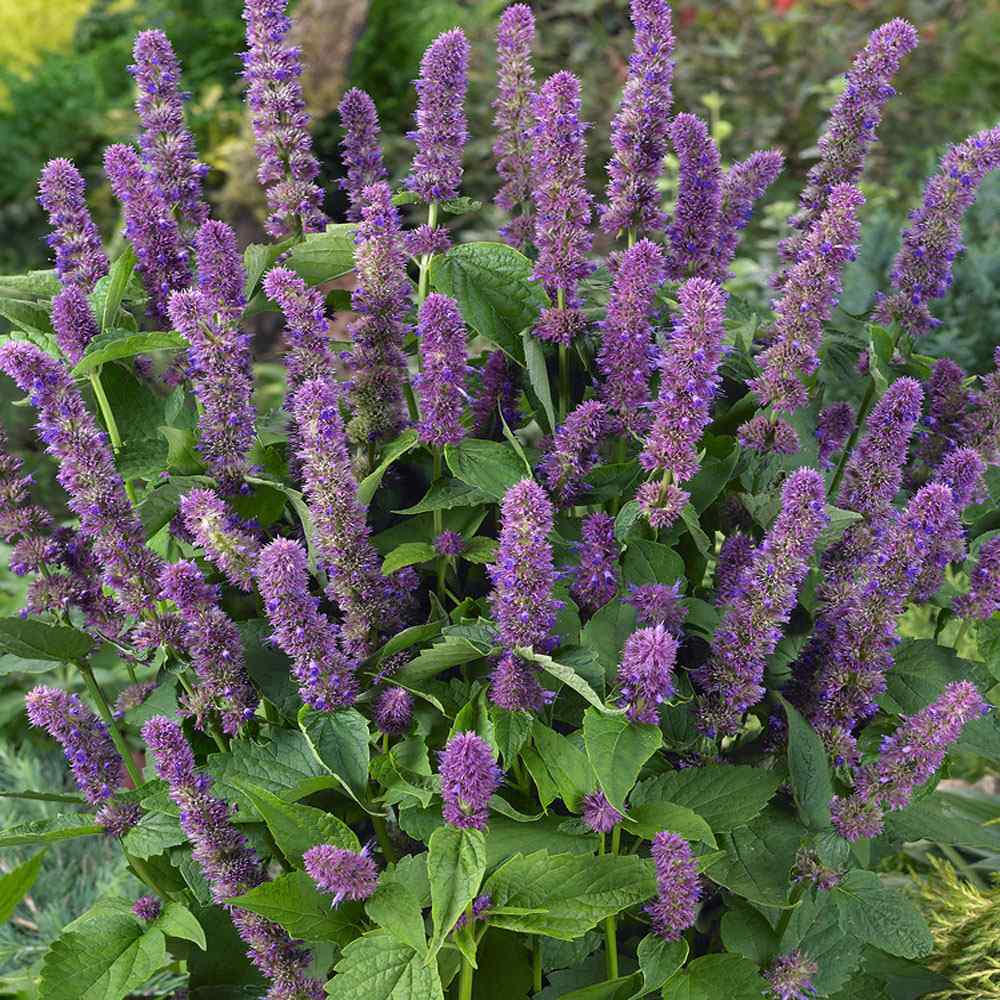
Agastache Planting and Care Guide
Quick Facts About Agastache
Agastache is clump forming with attractive spike flowers, adding lovely vertical lines to any landscape. Flowers are suitable as a cut flowers and are attractive to bees, butterflies and hummingbirds.
Planting Time
Agastache seeds need cold stratification to grow, so the best method is to direct sow them in the garden in the fall, so they are exposed to the winter cold temperatures. Seeds can also be started indoors 6 - 8 weeks before last expected frost.

Planting Location
Grow in full sun and well drained soils.
In areas with cold, wet winters, plant on sunny south- or west-facing slopes or in raised beds. The soil needs to be sandy, infertile and fast-draining. The plant's crown should be planted high and then mulched with crushed gravel to keep it drier during cold, wet weather.
How to Plant Agastache
- You can direct sow agastache seeds in spring after frost danger or in the fall. If grown in trays, you can transplant seedlings in spring.
- Prepare your area for planting by removing weeds and loosening soil
- Press seeds gently into the loosened soil surface, no deeper than ¼ inch deep.
- Keep soil moist until germination.
- If starting indoors keep tray in bright growing area.
- When seedlings reach about 4 inches tall they are ready to transplant outside.
- Before transplanting be sure to take time and harden off the seedlings.
- Space or transplant 15 - 18 inches apart depending on variety.

Care And Maintenance
- Agastache appreciates deep infrequent watering after second growing season.
- Cut back Agastache in the fall.
- If you desire your plants to reseed themselves, leave the stems intact over winter.
- To encourage winter hardiness, leave stems intact over winter. Then about one month before your last frost cut back the stems 4 to 5 inches above ground level.
- Top dress in the fall with compost.




































